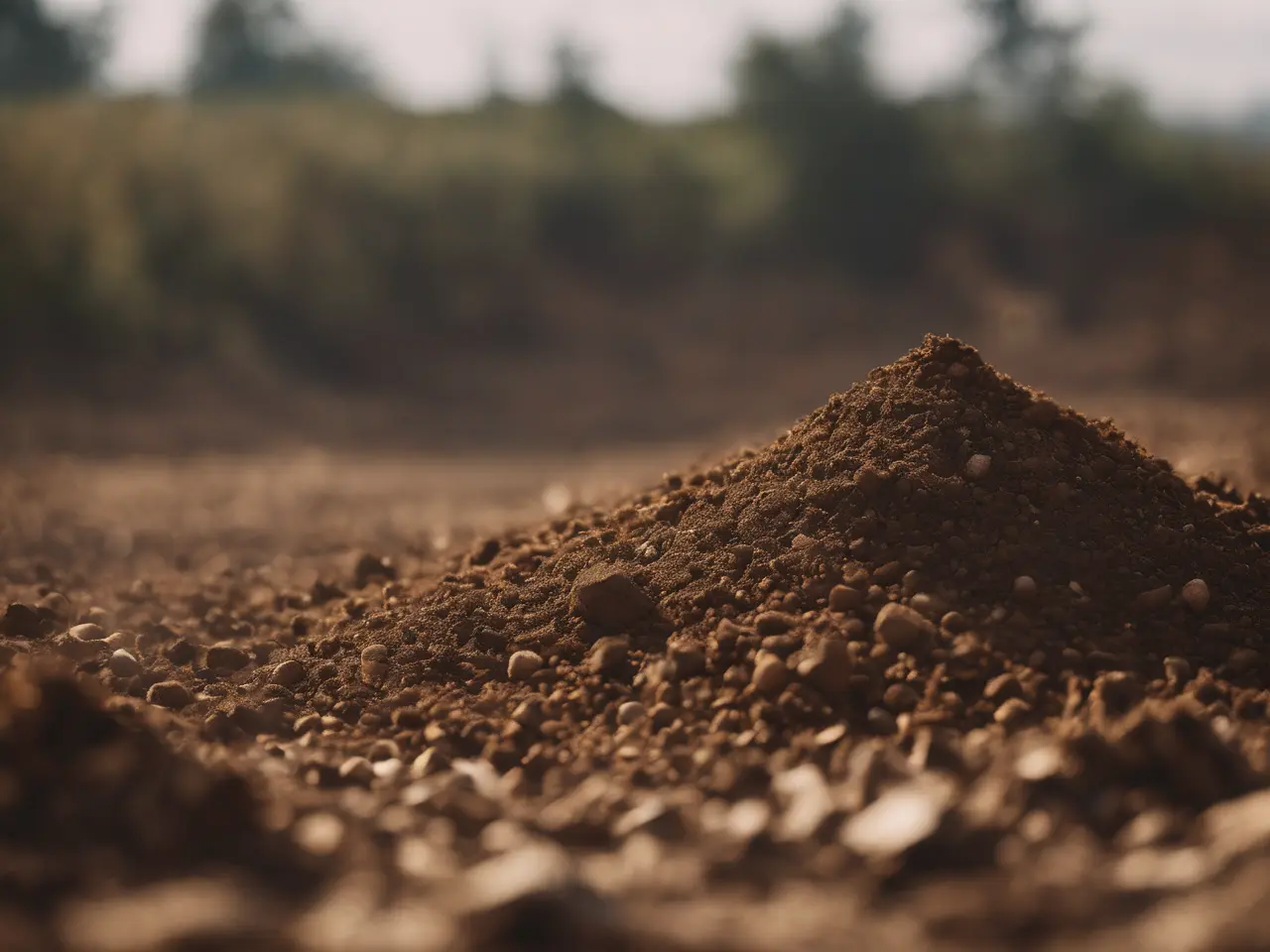Preparing the soil is a critical step in creating a flourishing flower garden. Soil quality directly affects the health and growth of flowers, impacting everything from root development to bloom size and color. Understanding the different soil types—clay, sand, loam, and their unique characteristics—is essential for effective soil preparation. Each type has distinct properties that influence water retention, nutrient availability, and aeration, all vital factors for thriving flowers.
Assessing Your Soil Type
To begin, it’s important to identify your garden’s soil type. The main categories are clay, sand, and loam, each with specific traits affecting plant growth. Clay soils are nutrient-rich but tend to hold water and compact easily. Sandy soils offer excellent drainage but often lack nutrients and struggle to retain moisture. Loam, a balanced mix of sand, silt, and clay, is ideal for most flowers due to its optimal drainage and nutrient retention. Determining your soil type can be done through simple tests, such as the ribbon test or the jar test, providing insights into its texture and drainage capabilities.
Testing Soil pH and Nutrient Levels
The pH level of your soil plays a crucial role in flower growth, as different flowers thrive in varying pH conditions. Testing your soil’s pH and nutrient levels is a key step in preparation. Soil testing kits are readily available and easy to use. Most flowers prefer a pH range between 6.0 and 7.0, although some may require more acidic or alkaline conditions. Once you know your soil’s pH, you can adjust it using lime to raise the pH or sulfur to lower it. Nutrient levels, particularly nitrogen, phosphorus, and potassium, are also vital for healthy growth. Depending on the test results, you may need to add specific fertilizers to balance your soil’s nutrient profile.
Amending the Soil
Enhancing soil health is pivotal for robust flower growth. Organic matter, such as compost or well-rotted manure, is invaluable in improving soil fertility and structure. Adding organic matter helps sandy soils retain moisture and nutrients, while in clay soils, it improves aeration and drainage. Incorporating a 2-4 inch layer of organic material into the top 6-8 inches of soil can significantly boost soil quality. For gardens requiring additional minerals or pH adjustments, inorganic amendments like lime or gypsum can be beneficial.
Improving Soil Structure and Drainage
Good soil structure and drainage are essential, especially for flowers sensitive to waterlogged conditions. To enhance soil aeration and drainage, incorporating materials like perlite, vermiculite, or coarse sand can be effective. These amendments are particularly useful in heavy clay soils, preventing compaction and promoting root growth. Conversely, in overly sandy soils, organic matter can help improve water retention and nutrient availability. Regular cultivation and avoidance of stepping on planting beds also help maintain soil structure.
Preparing the Planting Area
Once the soil is amended, the next step is preparing the planting area. Begin by thoroughly tilling the soil to a depth of about 8-12 inches. This process breaks up compacted layers, allowing roots to penetrate more easily. It’s also important to remove any weeds, rocks, or debris, as these can impede plant growth. When laying out your flower bed, consider the spacing and arrangement based on the specific needs and growth patterns of the flowers you plan to plant. Adequate space between plants ensures sufficient air circulation and reduces the risk of disease.
Fertilizing and Mulching
Selecting the right fertilizer is crucial for the health and vibrancy of your flowers. Base your choice on the specific needs of the plants and the nutrient profile of your soil. General-purpose fertilizers are often adequate, but specialized formulas can benefit certain flower types. Apply fertilizers according to the manufacturer’s instructions, typically at planting time and periodically throughout the growing season. Alongside fertilization, mulching plays a key role. Mulch helps retain soil moisture, suppress weeds, and maintain a stable soil temperature. Organic mulches, like bark or straw, additionally enrich the soil as they decompose. Apply a 2-3 inch layer of mulch around your flowers, taking care to avoid direct contact with the plant stems.
Final Steps Before Planting
Before planting, ensure the soil is evenly moistened. Watering the soil a day before planting makes it more workable and hospitable for new plants. Check the soil’s consistency; it should be moist but not waterlogged. Make any final adjustments to the soil composition or pH based on your last assessments. Once the soil is ready, you can begin planting your flowers, following the specific requirements for depth and spacing.
Conclusion
Proper soil preparation is the foundation of a successful flower garden. By assessing and amending your soil, improving its structure, and ensuring it has the right balance of nutrients and pH, you create an environment where flowers can thrive. Remember, each flower has unique needs, so tailor your approach to fit the specific requirements of the plants you choose. With careful preparation and ongoing care, your garden will become a vibrant showcase of healthy, blooming flowers. Experimentation and adjustment are part of the gardening journey, so embrace the process and enjoy the beautiful results.



